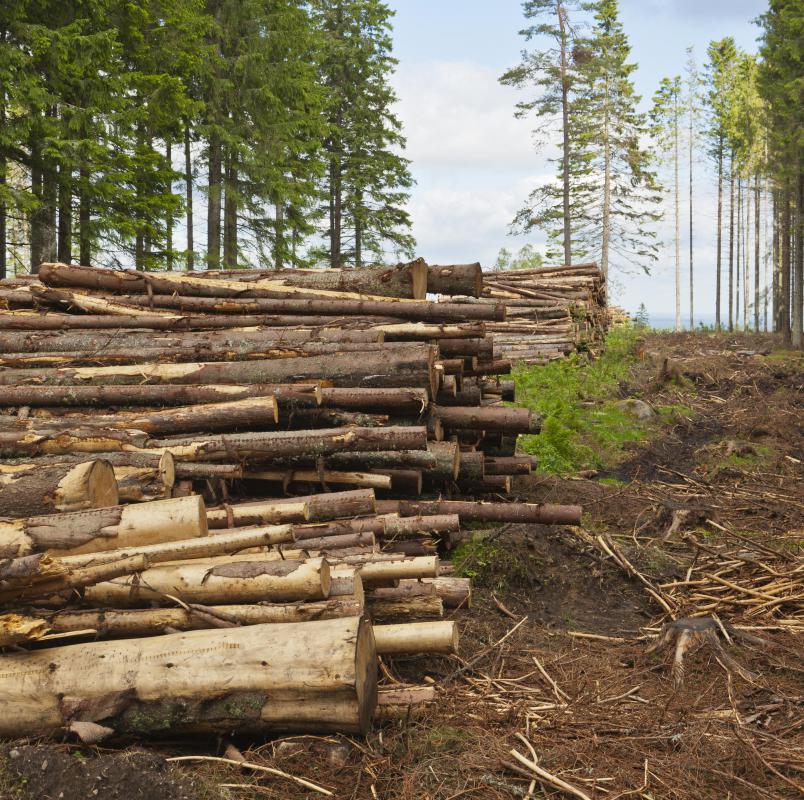At SmartCapitalMind, we're committed to delivering accurate, trustworthy information. Our expert-authored content is rigorously fact-checked and sourced from credible authorities. Discover how we uphold the highest standards in providing you with reliable knowledge.
What Are the Different Types of Physical Assets?
Physical assets are tangible items owned by a business or individual. Generally, these assets have some value, and can be sold to raise cash if needed. Physical assets are the opposite of intangible assets, which include patents, stocks, and intellectual property. Businesses track these assets on the company balance sheet, which is used to help managers and investors determine the value of the business. Some common examples of physical assets include equipment, real estate, inventory, and cash.
If a business owns property or real estate, this property is considered a physical asset. This may include the land where the company's headquarters building is located, as well as land used for warehouses, manufacturing, and retail locations. Any buildings or other structures on the land also are physical assets. The materials and fixtures within the buildings, such as lights, doors, hardware, and cooling units can also be sold for cash, and thus serve as a physical asset. Companies involved in mining, drilling, or logging may have significant physical assets in the form of land, including the timber or natural resources found on the property.

Any equipment used in the business can also be sold for cash, and thus represents a physical asset. This includes trucks and company vehicles, as well as desks, office furniture, and supplies. In a manufacturing or industrial firm, equipment and tools may have significant value, particularly in large or relatively new facilities. Other equipment includes janitorial supplies, company computers, printers, fax machines, and even telephone systems.

Physical assets also include unsold inventory in both a finished and unfinished state. This may refer to complete products that have yet to be shipped to stores, or simply the raw materials used to make these products. For example, in an electronics plant, all mechanical and electrical components used to make final products can be sold for cash. The same is true of finished electronics, such as televisions or computers that have not yet been shipped to retailers. Even raw materials and supplies that have been paid for but have not yet arrived may be considered a physical asset.

The physical assets of a business can also include cash and other financial items. This includes cash on hand as well as cash held in banks and investment accounts. Stocks and bonds that can be converted to cash are also seen as physical assets, while a company's own stock is not included in this category.
AS FEATURED ON:
AS FEATURED ON:














Discuss this Article
Post your comments